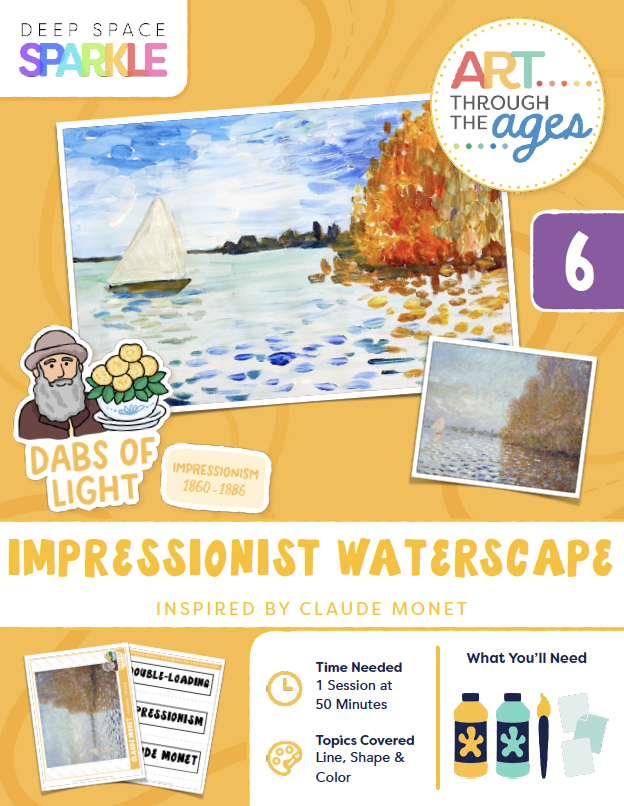
Monet loved painting outside (plein air) and was fascinated by how light affected color. Although famous for his series of paintings of haystacks and lily pads, Monet painted many waterscapes.... Learn More
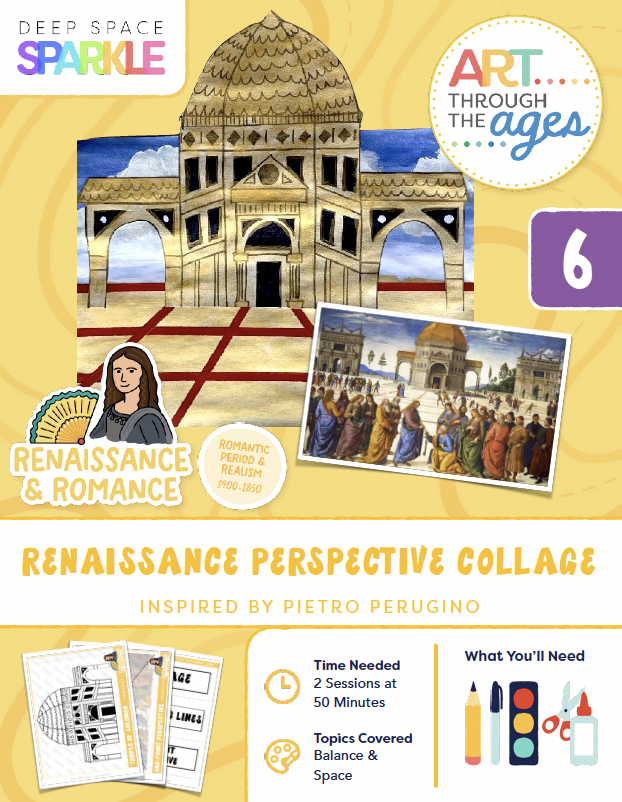
The Renaissance was all about realistic art, and the discovery of one-point perspective helped artists create work that was even more realistic. Usually, one-point perspective lessons involve rulers, but not... Learn More
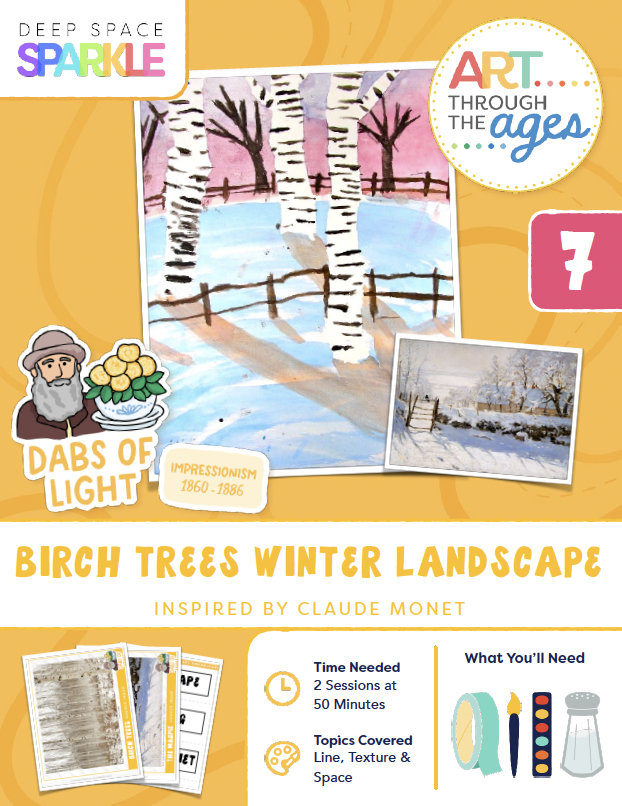
Monet loved painting outside (plein air) and was fascinated by how light affects color. Although famous for his series of paintings of haystacks and lily pads, Monet painted many winter... Learn More
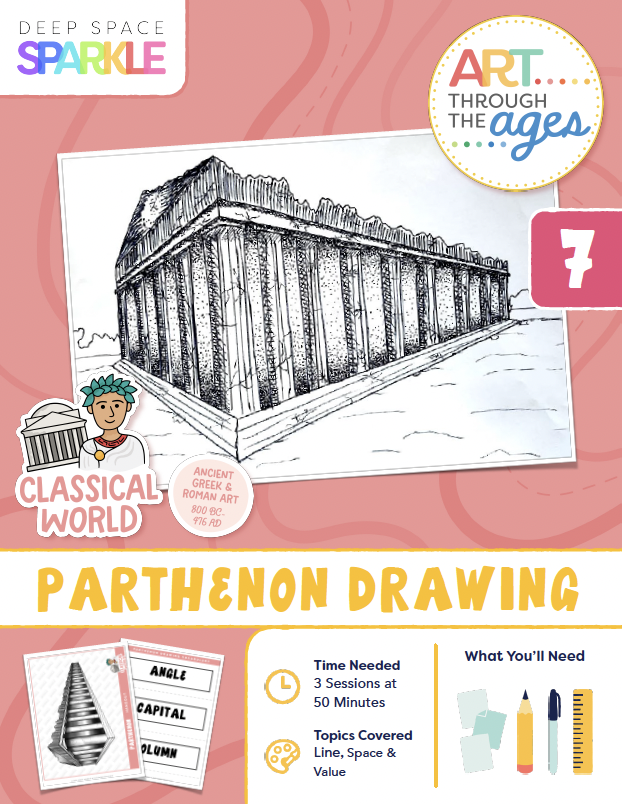
If your students have worked with one- point perspective, I encourage you to try two-point perspective with them in this low-prep, pencil and paper lesson that features the Parthenon. Students... Learn More
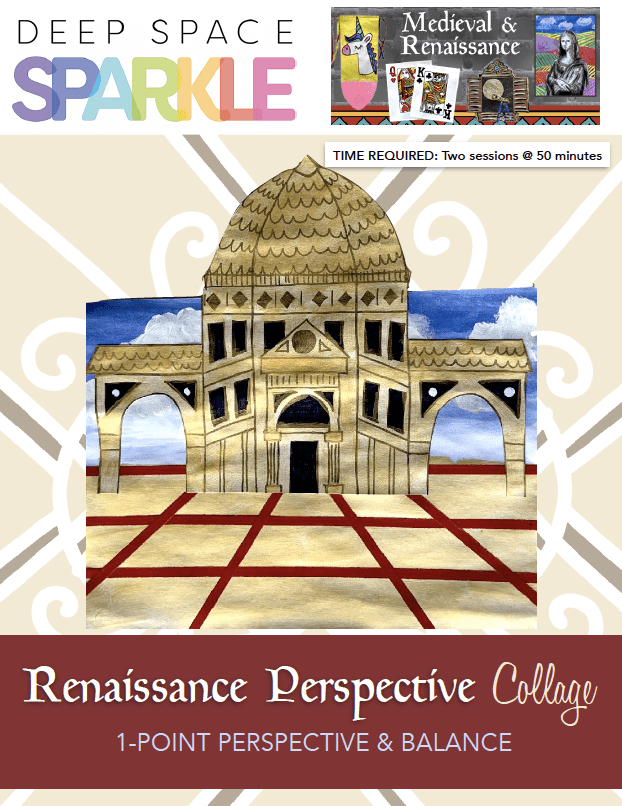
The Renaissance was all about realistic art, and the discovery of one-point perspective helped artists be even more realistic with their artworks. Usually, one-point perspective lessons involve rulers, though not... Learn More
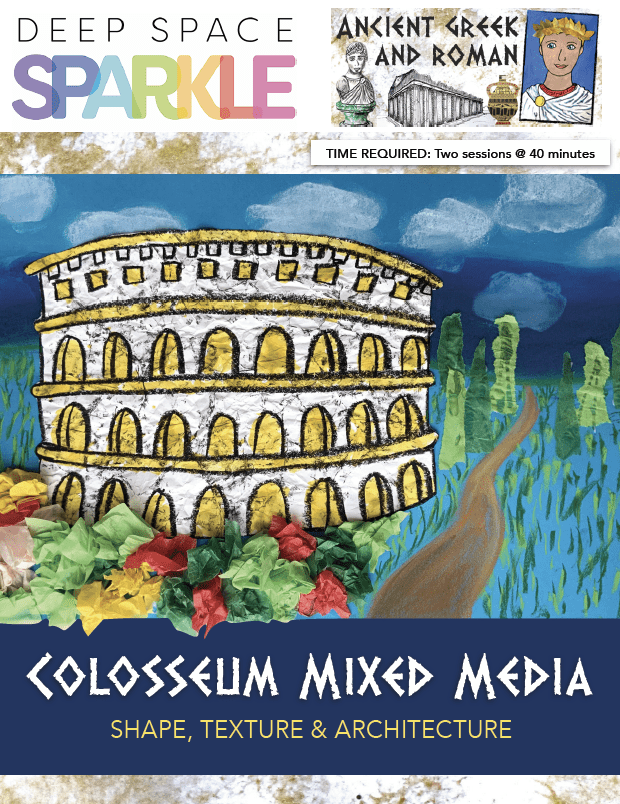
The Colosseum continues to be a magnet for attention today, 2000 years later. This lesson features this amazing structure as the focus, created to look like stone by scrunching the... Learn More
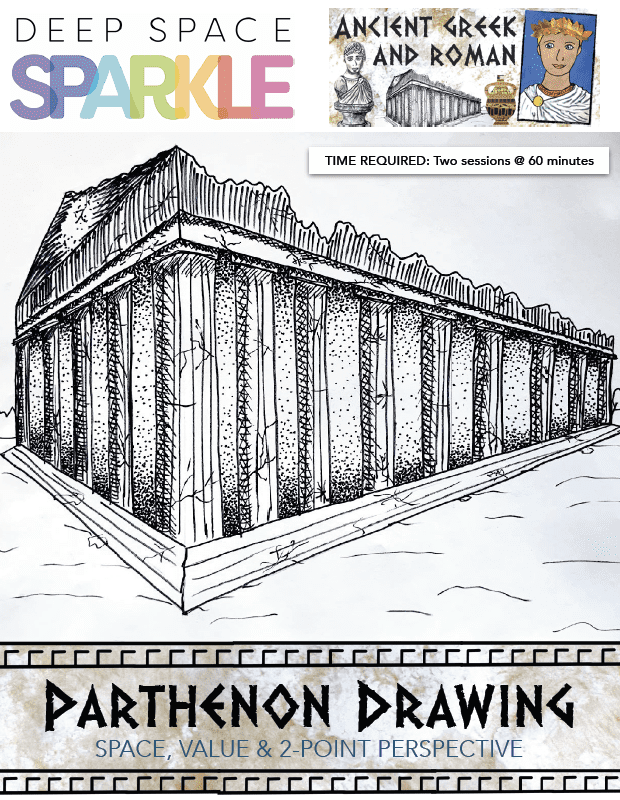
If your students have worked with one-point perspective, I encourage you to try two-point perspective with them in this low-prep, pencil and paper lesson that features the Parthenon. Students should... Learn More
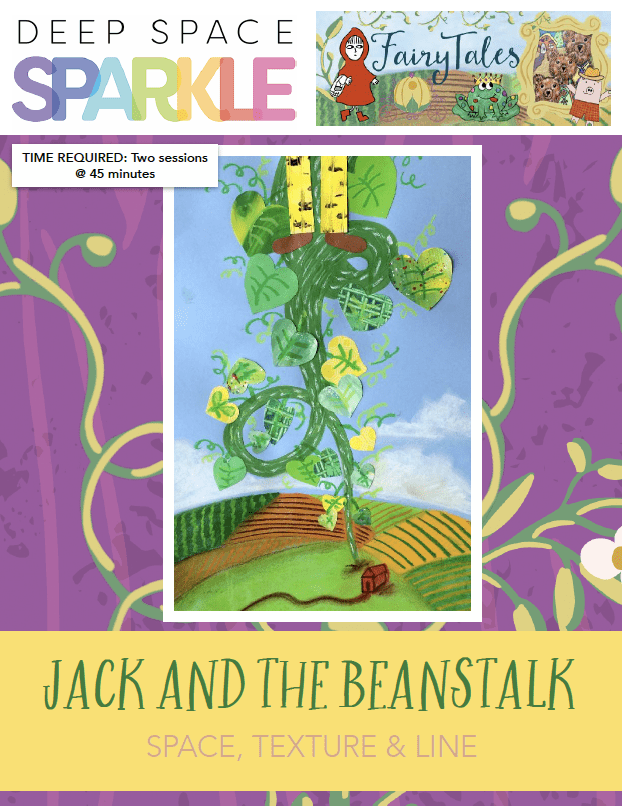
As your students ponder the story of Jack and the Beanstalk, they can create their own tall, tall beanstalk in this fun project. Texture and line come together to create... Learn More
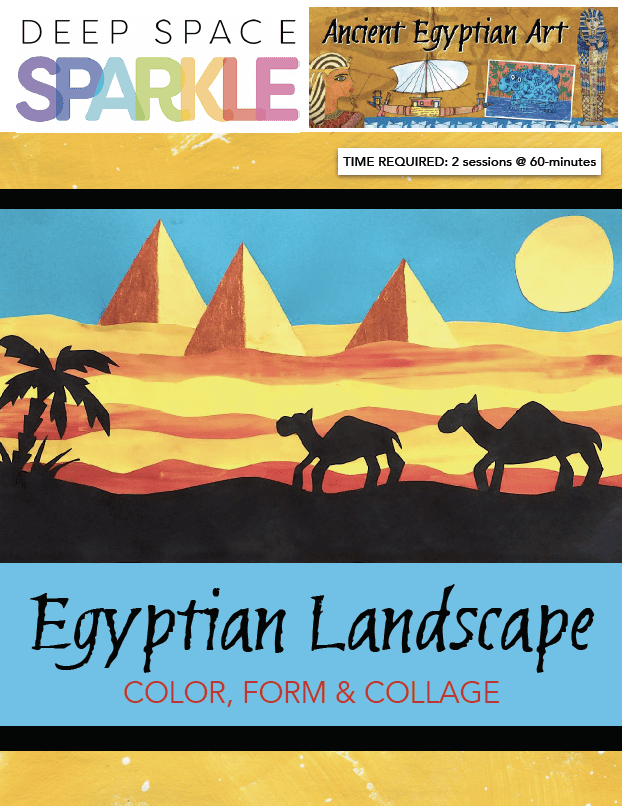
When you think of warm colors, it’s easy to think of the warm sun and hot sand, which is perfect for this warm color lesson that features the desert of... Learn More
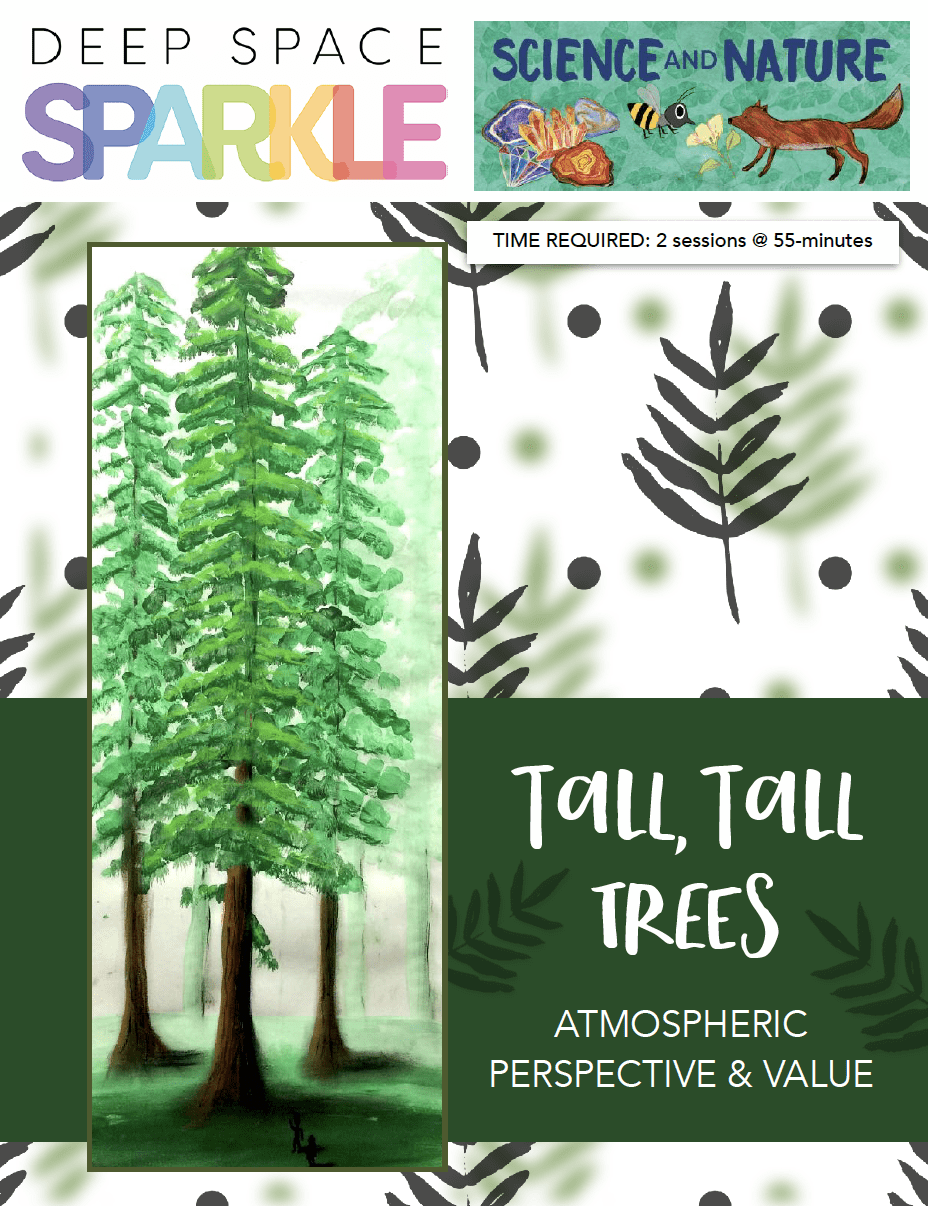
Have you ever stood under redwood trees in northern California or southern Oregon? They are breathtaking giants and a compelling subject for art. This lesson is a great addition to... Learn More
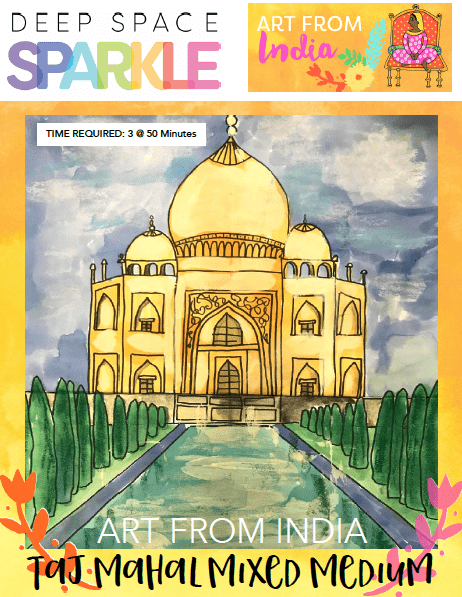
The Taj Mahal, one of the most famous buildings in the world, is a mausoleum located in Agra, a city in Northern India. A mausoleum is a building that contains... Learn More
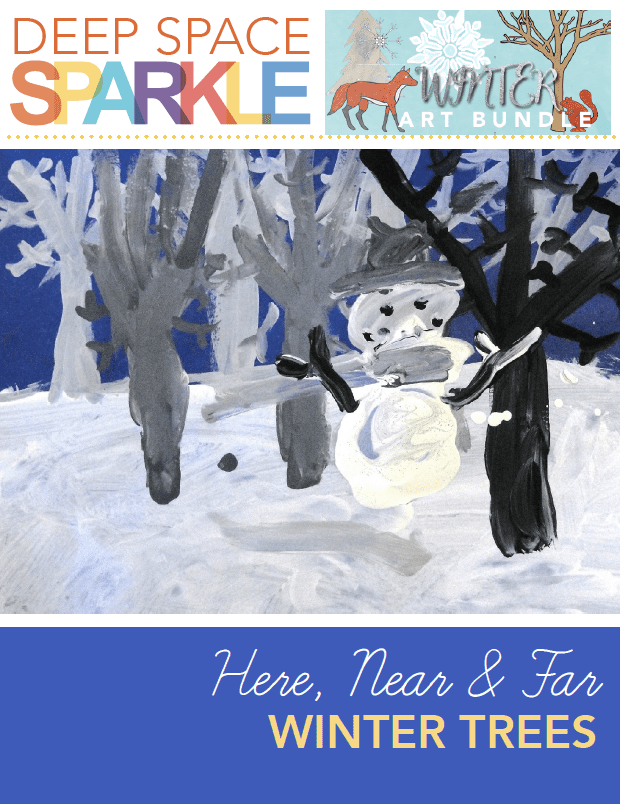
This lesson requires very little time to completed yet it covers so many art elements: value (creating tints and shades, atmospheric perspective, creating shapes and lines and achieving space. It... Learn More
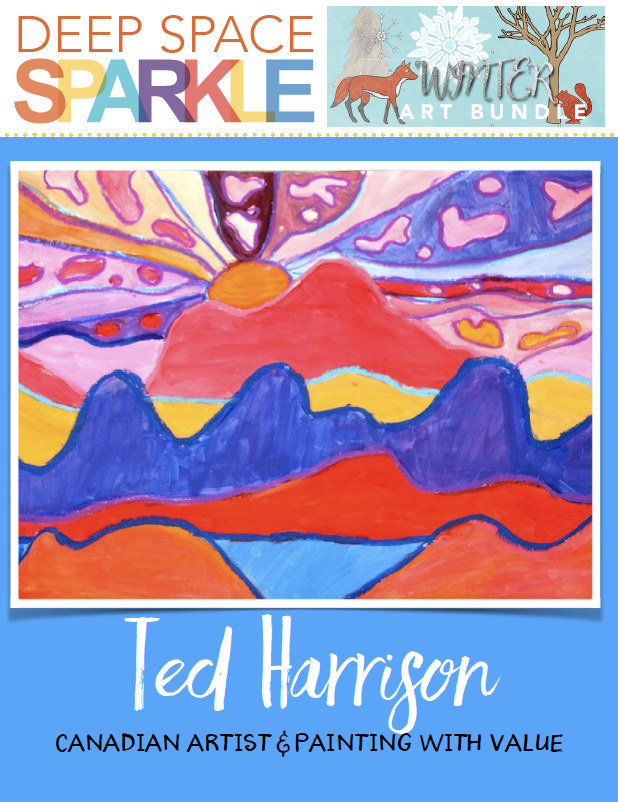
Ted Harrison is one of Canada’s favorite painters. He was born in England in 1926 but immigrated to Canada’s Yukon in the 1950’s. His vibrant paintings of the people and the... Learn More
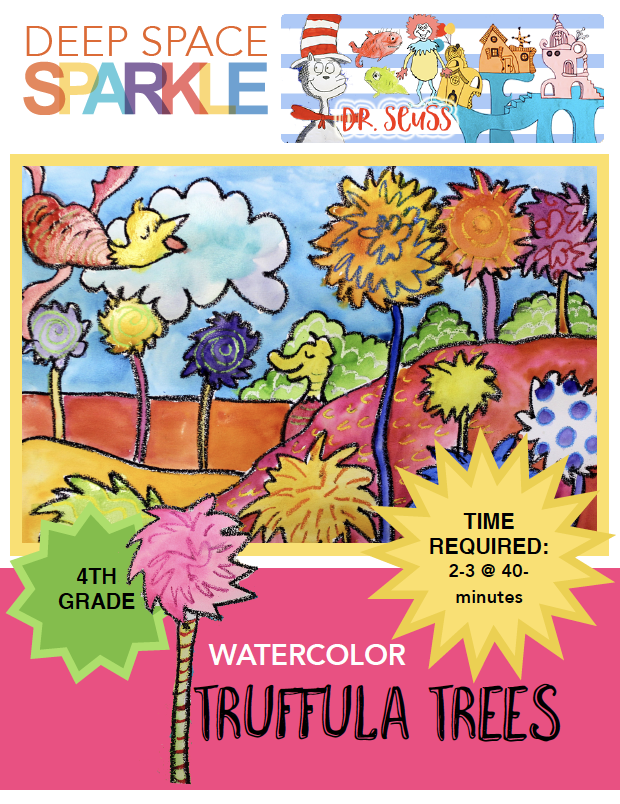
According to Dr. Seuss Wiki page, Truffula trees have yellow or white & black striped bark with large tuffs at the top. The tuffs are typically a warm color (red,... Learn More
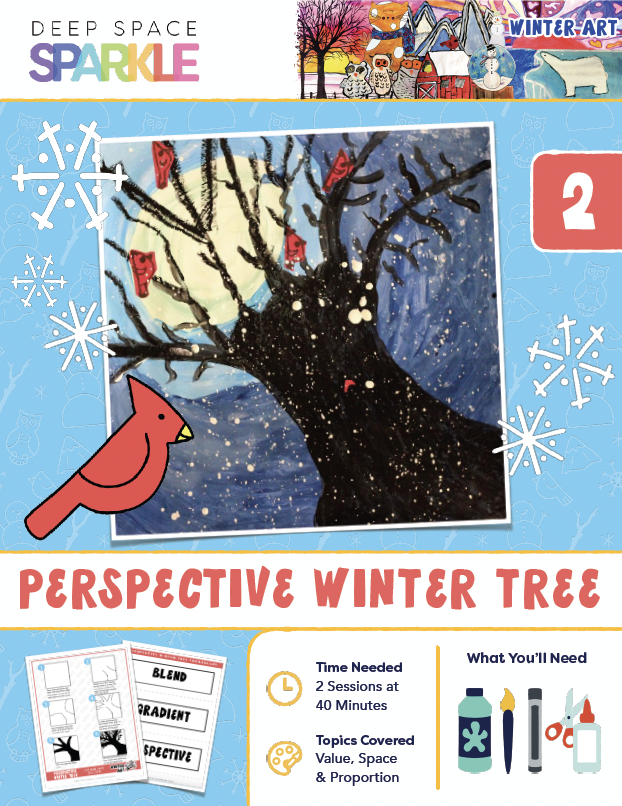
Perspective might be the hardest lesson to learn in elementary art. I know I rack my brain to come up with interesting ways to teach perspective. This lesson emphasizes a unique... Learn More
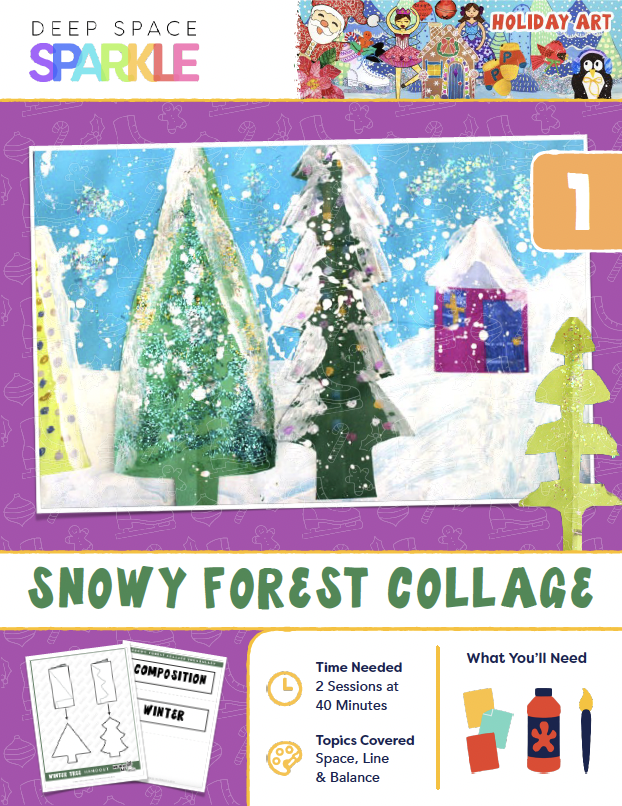
This lesson is simple yet it reinforces many art concepts: foreground, background, texture, space and balance. It wouldn’t be winter in my art room without some glitter. I’ll admit that... Learn More
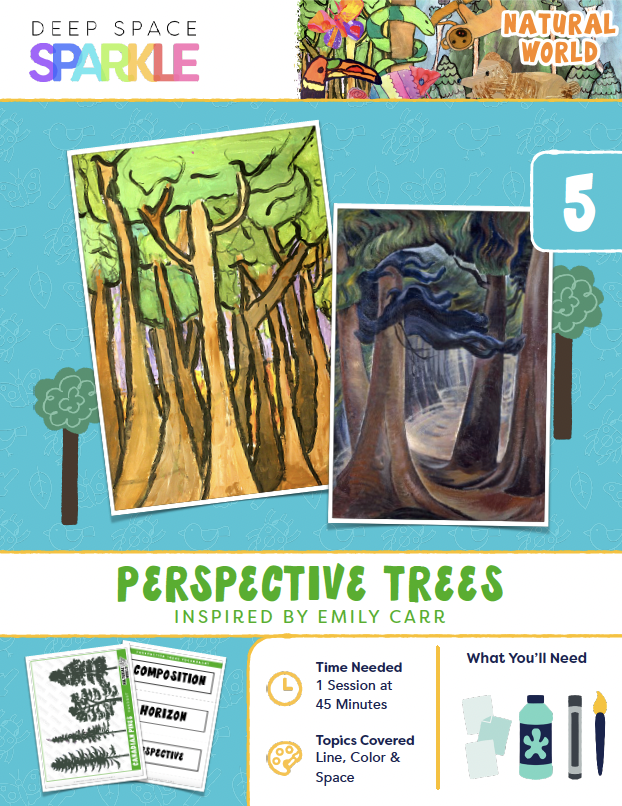
Students will love exploring color and perspective through these sky high trees. First, they will learn about artist Emily Carr and her whimsical forest paintings. They will create an oil... Learn More
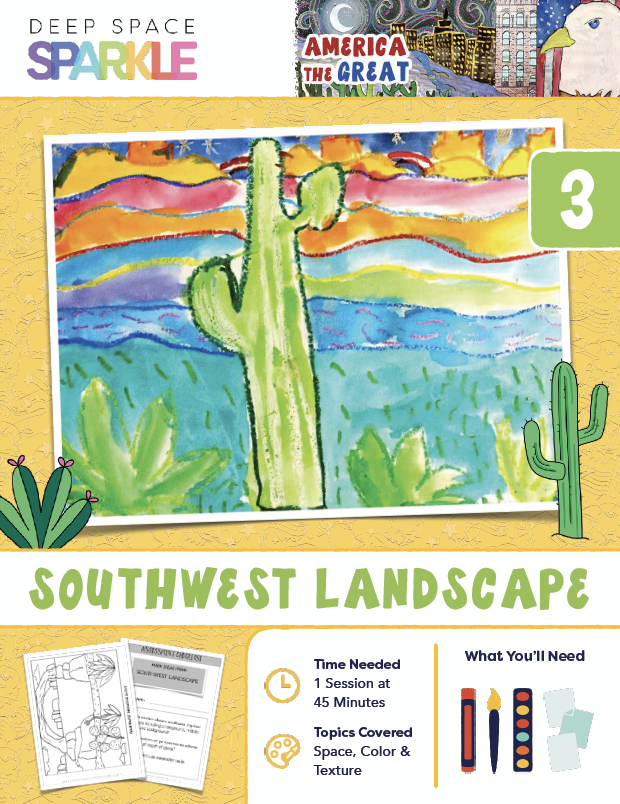
This lesson is based on the book Coyote Places the Stars which has great illustrations that capture the colors and contours of the desert landscape. Bu using watercolor resist, children... Learn More